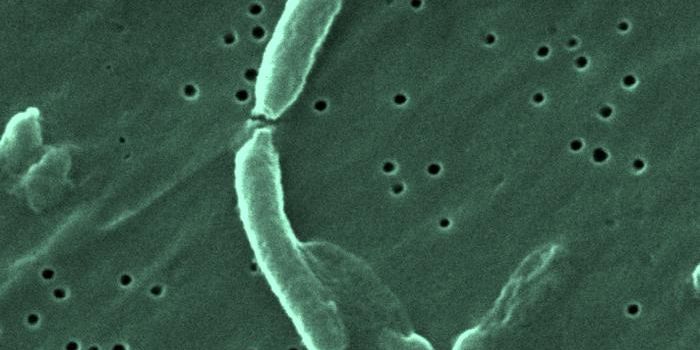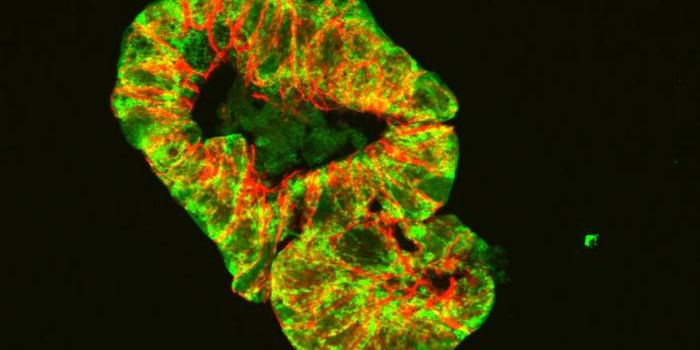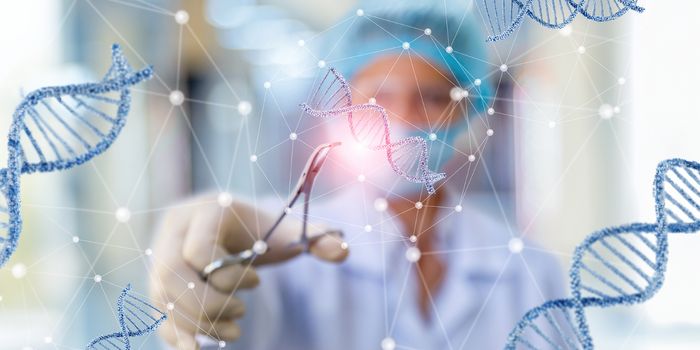Scientists Create a Mobile Organism With the Smallest Possible Genome
Mobility is an important ability for many organisms, who often have to swim, walk, or otherwise move around to look for food or shelter. Even single-celled organisms and individual cells have to be able to move to the right places to survive. But we don't know much about how motility came about during evolution. Researchers recently explored motility in very tiny organism. In this study, they noted that movement by certain parts of the cell, including proteins in the cytoskeleton like actin or tubulin, and the cellular fuel ATP may have been major contributors to the origins of cellular movement.
There are also very tiny microbes that move around in different ways. Some called Spiroplasma have a helical shape and can swim around by switching the direction of their helix.
In a new study reported in Science Advances, scientists built on the synthetic organism created by the J. Craig Venter Institute (JCVI) in 2016, which was engineered based on a type of Spiroplasma bacteria. In this study, the researchers enabled this synthetic organism to move around by adding only seven genes. These genes encode for proteins that are thought to be directly related to the switching of helical rotation that allows the microbe to swim. Additional work showed that only two of the newly added genes were absolutely necessary for swimming.
However, the study authors also acknowledged that some of the other genes that were in the original minimal genome, such as those related to cell division, for example, may be contributing to motility in some way that has not yet been revealed.
"Studying the world's smallest bacterium with the smallest functional motor apparatus could be used to develop movement for cell-mimicking microrobots or protein-based motors," said senior study author Professor Miyata of the Graduate School of Science at Osaka Metropolitan University. "Our swimming syn3 can be said to be the 'smallest mobile lifeform' with the ability to move on its own. The results of this research are expected to advance how we understand the evolution and origins of cell motility."









